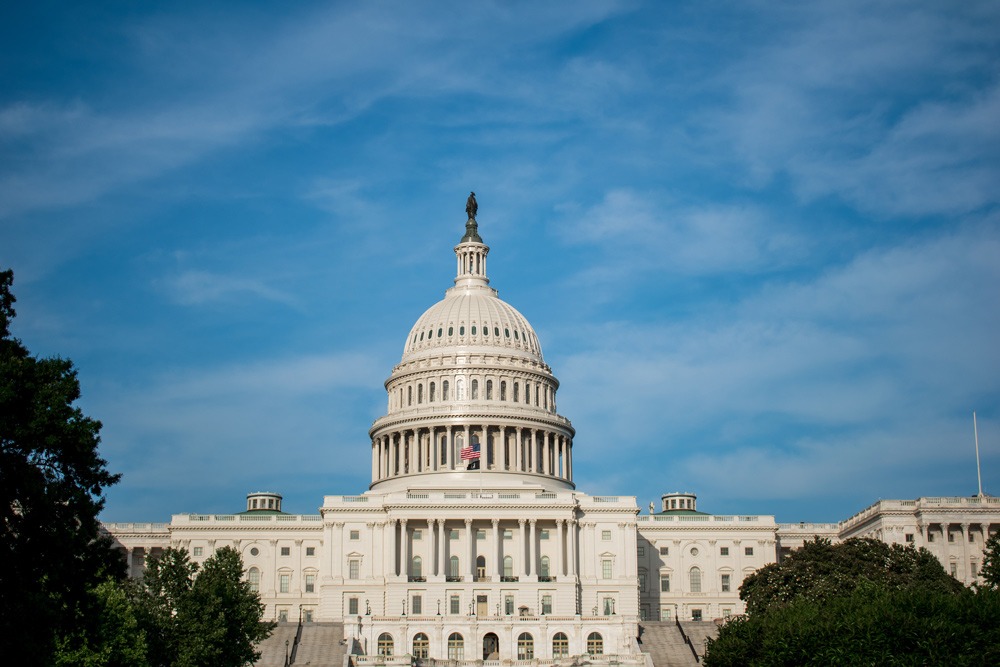
Today’s economy is a financialized one. A growing share of profits come through banks, hedge funds, and others who make money by lending or investing money—rather than producing goods or providing services. Financialization is complex, but the lived experience is rather straightforward. Most people experience financialization as debt.
Household debt today exceeds $15 trillion—an amount equal to nearly two thirds of US gross domestic product (GDP). Debt, as a recent short animation developed by one of us (Taylor) shows, is older than capitalism and much older than neoliberalism—the dominant form of politics in the US these past 40 years, marked by its use of state authority to boost the power of private capital and reduce social benefits. But in recent decades, relationships of debt and credit have become ever more central to the way our economy functions.
Financialization is the name for a set of processes, central to neoliberal capitalism, that have helped to generate astonishing returns for investors and creditors. Stagnating wages, busted unions, slashed taxes and public funding, and the deregulation of the financial sector have combined to open space for market actors to extract profit from basic social provisioning by entangling not only households but municipalities, public institutions, countries, and companies in exploitative debt relationships.
While risk has been offloaded onto regular people and public institutions, creditors are increasingly shielded from the potential downsides of the callous decisions and reckless investments they make. As a result, financial, insurance, and real estate industries—the so-called FIRE sector—now constitute 20 percent of GDP; that’s twice what its share in the economy used to be during the postwar period.
Meanwhile, more and more people borrow just to pay their bills. As wages flatline and often decline, most people have no choice but to debt-finance education, health care, housing, and basic survival—including purchasing household utilities and groceries on credit cards. Medical debt is a leading cause of bankruptcy, a problem that experts warn will likely worsen due to the pandemic. Before COVID-19, around 40 percent of households had debt in collections; no surprise, then, that more than half of US households report using at least part of their coronavirus relief payments to pay down debt. In the first year of the COVID-19 pandemic, the non-mortgage debt of people age 55 and over doubled, and the accumulated back rent owed by tenants ballooned to over $20 billion (some estimates are much higher). In the words of the Debt Collective, “People do not live beyond their means; they are denied the means to live.”
Debt under neoliberalism, however, is not just for households. Diminishing tax bases—because the wealthy are on a permanent tax strike in this country—and shrinking public investment compel our communities to borrow from Wall Street financial markets. Municipalities and key social institutions regularly issue bonds to fund basic infrastructure, paying huge sums to Wall Street to act as intermediaries while investors profit. According to ACRE, the Action Center for Race on the Economy, US cities pay $160 billion annually on interest payments alone for their municipal debt.
Consider the nation’s K-12 public schools, which owe an estimated $500 billion combined, a topic one of us (Schirmer) covered in more depth in the New York Times. Lenders and ratings agencies base the creditworthiness of schools on the district’s existing property values and residential income. This is predatory extraction on an institutional scale—the poorer the school district, the more it pays in interest and fees to borrow—from the point of view of creditors, such schools are “riskier.” The result of this process—and prices—is to reinforce structural racism and class inequality.
These financial arrangements are deeply damaging to democracy. Servicing debt and maintaining credit ratings become singular priorities, taking precedence over public preferences and needs—for, say, more and better paid teachers. In 2021, Philadelphia public schools spent more than twice as much paying debt service to Wall Street banks as for the entire district’s administrative office. This year is the same: the school district’s budget allocates $338.3 million for debt service and $143 million for administration. The city of Chicago used hundreds of millions of the $1.9 billion of federal ARPA (American Recovery Plan Act) money that it received simply to pay off its creditors, instead of investing in schools, teachers, and students.
Or consider Flint, Michigan: A clause buried in a bond agreement pushed the city to switch its water supply to one that was toxic, triggering the now infamous water crisis. The city was stuck debt-financing its own poisoning. As of 2020, residents are suing JPMorgan Chase and Wells Fargo, which they say knew of the potential hazards of the arrangement—the risks to residents’ health and lives—and chose to prioritize profit regardless. But absent a movement of organized debtors, there’s no guarantee that these creditors will face any adverse consequences.
Sign up for our free newsletters
Subscribe to NPQ's newsletters to have our top stories delivered directly to your inbox.
By signing up, you agree to our privacy policy and terms of use, and to receive messages from NPQ and our partners.
Over the last 50-odd years, while cost, responsibility, and risk have been systematically pushed onto individuals and communities—through predatory debt contracts and by privatizing formerly quasi-public services like higher education—the financial sector has been protected. The state has been enlisted to cushion creditors from any blowback that might result from their bad investments, encouraging moral hazard at an astonishing scale—think of the 2008 mortgage meltdown and ensuing bank bailouts.
Similarly, when the COVID-19 pandemic hit, the Federal Reserve stepped in to stabilize the corporate debt market to soothe investors’ fears of possible defaults in an overheated market—a move that was made because so many companies were overleveraged, having gorged themselves on cheap debt in order to push out returns to shareholders. More than an economic intervention, these moves affirm a profound double standard that distinguishes those whose survival shall be maintained at all costs, and who shall be flung into the cold. The proverbial one percent and corporate debtors are deemed worthy of saving; the 99 percent are not.
Capitalist markets deal with uncertainty by transforming it into risk. For investors, risk is the probability of a payment default, a gambler’s bet on an unknown future. But in the context of financialization, assessment of risks corresponds with life chances—and racial biases. Neighborhoods and communities deemed “worthy risks” receive investment for public transportation, safe schools, functioning infrastructure; individuals appraised as “worthy risks” or “safe bets” get approved for stable mortgages at bargain rates, unleashing a system of racist redlining and reinforcing persistent social and economic inequities. While a subset of the population benefits, everyone else gets gouged. Poor and racialized communities and individuals are trapped paying predatory rates for failing schools, poisoned water, expanding prisons, subprime mortgages, and payday loans because they are “risky”—the financial sector’s euphemistic way of justifying differential treatment and declaring certain people (disproportionately people of color) a target for exploitation. As NPQ’s Cyndi Suarez has detailed, this “coloring of risk” has a long history.
Meanwhile, state-sponsored financialization has meant that investors themselves bear far fewer of the risks of uncertain investment. Creditors sell and resell high-risk debt at great profit—but legal protections for creditors ensure that creditors rarely, if ever, take the haircut in the case of an actual default.
President Joe Biden, then a senator, played a major role in this. His 2005 bipartisan bankruptcy “reform” legislation eroded debtor protections. (Indeed, as senator, Biden was often referred to as the Senator from MBNA, after the Delaware-based financial firm).This law strengthened the hands of creditors across the board, including by stripping private student loans of bankruptcy protections. After the 2005 bill became law, even if one declared bankruptcy, in most cases that declaration would not result in the write-off of student loan debt. The legislation, in other words, helped lenders secure a lifetime of repayment. No wonder the credit card, mortgage, and student loan industries lobbied hard for the bill.
This arrangement is deeply unjust and inherently unstable. Debt, by subsidizing short-term consumption, offers the illusion of shared prosperity and helps hide the hollowing out of the middle class. But over time the payments that debt requires deepen inequality.
Deepening poverty and insecurity have been masked by access to credit—creating what economists call “indebted demand.” Government inaction forces people to borrow for basic needs; their monthly payments further enrich those at the top of the income ladder. This creates a vicious cycle that concentrates wealth and deepens poverty, compounds racial and gender inequities, and crushes working people. Health care, housing, and education become risky financial endeavors, thwarting the very stability and prosperity we hope these social goods can provide.
But this new way of organizing the economy also opens space for us to organize ourselves in new ways: through the formation of debtors’ unions. Debt, as any good capitalist knows, is a kind of leverage if you hold enough of it. This is what the industrialist J. Paul Getty meant when he said, “If you owe the bank $100, that’s your problem. If you owe the bank $100 million, that’s the bank’s problem.”
What if it wasn’t only large corporations and wealthy individuals who could wield the power of debt strategically? What if household debtors could too? What if we recognized the $1.8 trillion in student loans, the $500 billion owed to bondholders by K-12 schools, the $140 billion of medical debt in collections, and the $20 billion in back rent debt, as the assets they are? Then debtors too would have leverage.
Taken together, regular people own the proverbial bank. Alone, our debts are a burden, but when debtors organize, they become powerful. Collectively, our debts offer a crucial and largely untapped form of power over a financialized system to help redistribute and equalize not only wealth but also risk.











